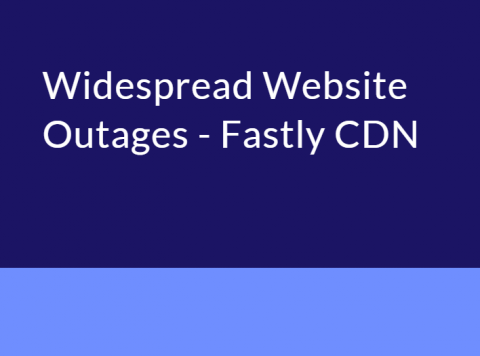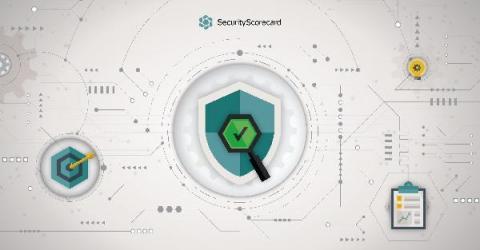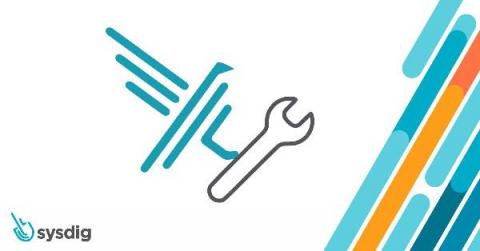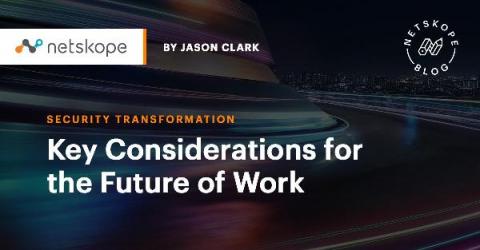Security | Threat Detection | Cyberattacks | DevSecOps | Compliance
Latest News
Data Warehouse vs Data Lake - Which Is Best?
While both data warehouses and lakes are big data storage solutions, they are useful in distinctly different situations. Data warehouses store structured data that can be accessed and interpreted by anyone with permission to do so, whereas a data lake is an unstructured storage space for large quantities of raw data. Data lakes store big data in its raw form, with minimal structure and few controls over what data is included or excluded from the storage space.
K8s Admission Control vs RBAC
Today, if you’re running Kubernetes, you know that security is not “built-in.” To secure your clusters, you have to configure, add or build in additional controls. Some are part of Kubernetes, like role-based access control (RBAC), but other best practices include specifying trusted repositories for known-good containers and then layering in runtime scanning tools as well.
Secure development in Visual Studio with Snyk Open Source
We’re pleased to announce our new extension for Visual Studio, making it easier for developers to stay both secure and compliant as they code within their favorite IDE. The extension supports Visual Studio 2015, 2017, and 2019. Snyk’s new free extension for Visual Studio enables developers to easily find and fix both known vulnerabilities and license issues in their open source dependencies, helping them address security early on and ship secure code faster.
Recapping DockerCon 2021 with Snyk: Red Ventures, Docker container security, and more
DockerCon 2021 brought containerization experts together to discuss all things Docker, from building containerized applications and running container images to improving container security. In this post, we’ll recap a live panel discussing how container security fits into the new cloud native era, how Red Ventures scaled container security scanning with Snyk, and ways to make vulnerability remediation easier.
57 Cybersecurity Terms You Should Know in 2021
Cybersecurity can seem intimidating, especially when you’re not already familiar with security and IT. There are so many threats and a lot of terms you need to know in order to understand the countermeasures that can help keep your data safe from attackers. What is an attack surface, after all? And what’s a rootkit? Non-technical employees and decision-makers might find their eyes glazing over when cybersecurity terms start getting thrown around.
Automated Falco rule tuning
We recently released the automated Falco rule tuning feature in Sysdig Secure. Out-of-the-box security rules are a double-edged sword. On one side, they allow you to get started right away. On the other, it can take many working hours to learn the technology, configuration, and syntax to be able to customize the rules to fit your applications. Falco’s default security rules are no different.
Key Considerations for the Future of Work
In summer 2020, as it became abundantly clear that remote working in response to the COVID-19 pandemic was here to stay, Netskope surveyed more than 400 end-users in the US from across many industries, including telecommunications, IT, government healthcare, finance, nonprofit, and education, about their thoughts related to remote working.
Open Source: The Positives, the Risks and the Future
In a world that is constantly evaluating costs, it is little wonder that there is an increasing demand for cost-effective solutions to business problems. In the real world, this means ‘free,’ and in the digital marketplace, it means ‘open source.’
5 Tips and Tricks for Cloud Native Security
Cloud-native applications that are based on new types of infrastructure such as containers and serverless platforms are being rapidly adopted by organizations worldwide. While cloud-native applications deliver compelling benefits such as elastic scalability, unmatched resilience and rapid development velocity, they also raise challenges.










